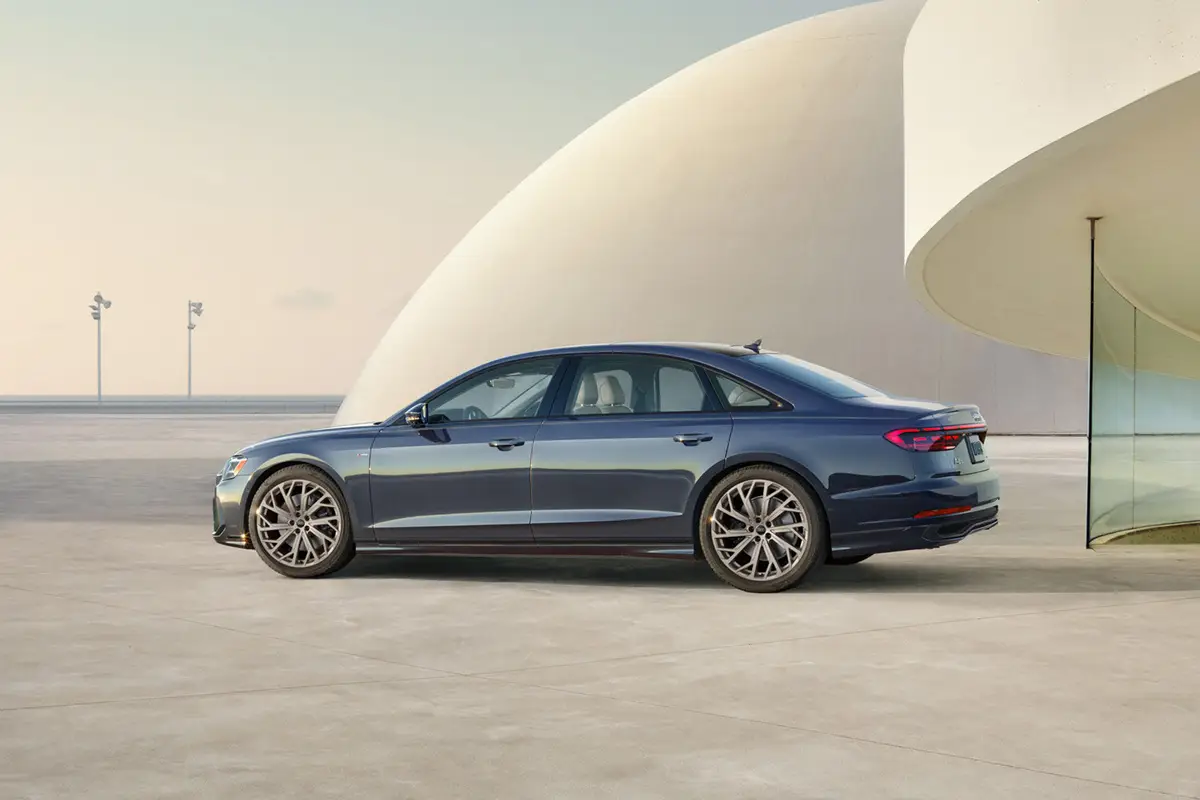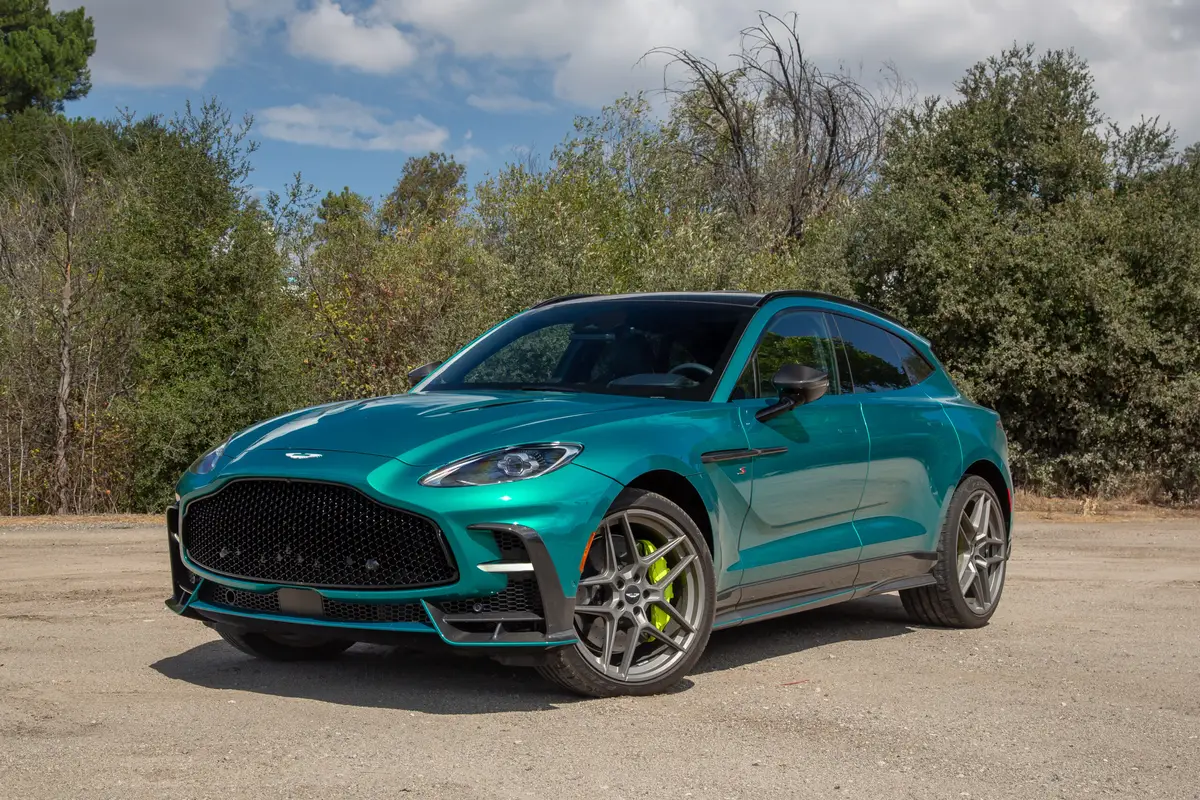Cincinnati.com's view
This week, I’m going to do two demi-reviews, for reasons that in due course will become clear.
First, as promised, I will revisit the Toyota Matrix, originally reviewed about six weeks ago, when it was launched.
This is the fresh shape of the 2003 season, daring enough to be a love-it-or-hate-it design, while incorporating enough elements of practicality to justify its maker’s designation as a “crossover utility vehicle,” rather like the Chrysler PT Cruiser.
The Matrix, based on the new Corolla platform, as is the half-brother Pontiac Vibe, is essentially a four-door wagon with a rear hatch, but the “W” word has such social stigma attached that the neologistic coinage of “crossover” was developed as a sort of semantic camouflage.
At the Standard and XR levels, Matrix is far more functional than fun, the problem being that each of its 130 horses has to pull more than 20 pounds.
The balance tips toward the spritely side, however, in the XRS series, this week’s subject. Toyota sources the XRS engine from Yamaha, best known for squeezing big power from small displacement in two-wheeled machines.
It’s a mere two cubic centimeters larger – at 1.796 liters – than the base Matrix powerplant, and of similar construction: four cylinders, aluminum block and head, with variable valve timing and lift. But whereas the workaday series engine was designed to achieve maximal fuel economy (on 87-octane) and ultra-low-emissions status, the Yamaha dynamo is set up to breathe fire.
The dragon consumes 91-octane fuel, but in return produces 130 foot-pounds of torque (@6,800 rpm) and 180 hp at a racerly 7,600 rpm. Despite its preference for a rich diet, it still rates 25 mpg city, 30 highway on the EPA drill. Spending most of my time on a mental LeMans trip, I only got 24.7. The XRS is a breed apart from the more practical Matrices. It’s only for those who want to be seriously involved every time they get behind the wheel; non-enthusiasts might find it demanding and tiresome.
Despite the variably-programmed valve action, the XRS isn’t much more snappy feeling below 5,000 rpm than its sibs, and really doesn’t show its feral side until the tachometer blasts past 6,000.
To make it easier to capitalize on the fairly narrow power band, the XRS comes with a six-speed manual transmission. It can also be gotten with a four-speed automatic, but that would be missing the point entirely.
The six-speed was per se fun. The knob is right at hand, and moving from gear to gear was swift and sure. The clutch is light and a bit sudden. Both fifth and sixth are overdrive ratios, but they work in conjunction with a final drive ratio of 4.529:1, so even in sixth the engine is turning about 2,600 rpm at 60 mph. One suspects longevity will not be this rocket’s long suit; I’d certainly spend the extra dough on synthetic oil.
The tester was equipped with the optional 17-inch alloy rims, which, at $150, are a must-ha ve. The standard 205/65/16s would do, but when the 215/50/17s are so accessible, why stint?
The lower-profile tires didn’t seem to make the XRS any poorer-riding than the lower series; in fact, I wish Toyota would offer driver-selectable shock valving, with a firmer setting for those playful moments.
Nonetheless, the XRS handled crisply and showed relatively little body roll in hard turns. It has slightly bigger anti-roll bars than the other series.
The XRS has disc brakes rear, instead of the drums the others get, and thus had a crisper pedal feel and remarkably short stopping distances.
Neither Feds nor the insurance people have crash-tested a Matrix yet. Base price on the six-speed XRS is $18,750. The tester had a cold weather package, $70; side air bags, $260; the larger wheels and tires, $150; carpeted floor mats, $75, and seatback storage pockets plus first aid kit, $115. Total, with freight, was $19,996.
This is a unique experience in this price range – but try one on to see if it’s right for you. Payments at that price – and Edmunds.com indicates most people are paying sticker – would be $405, assuming 20 percent down, 10 percent interest and 48 coupons.
“The Gannett News Service”
Double review, split with Mr. Alan Vonderhaar’s permission, see 5/25/02 Mitsubishi Montero Sport 2002
Latest news



